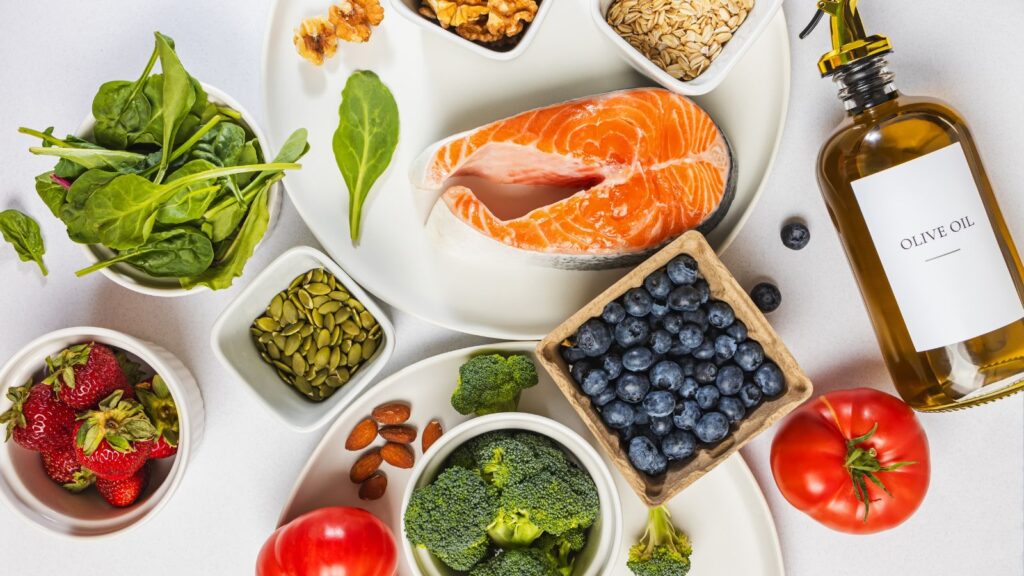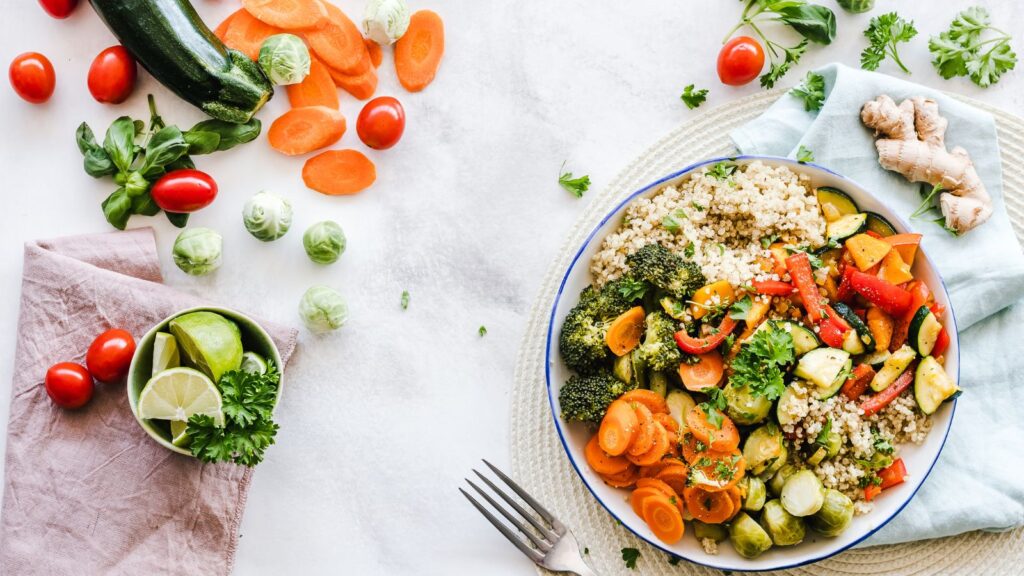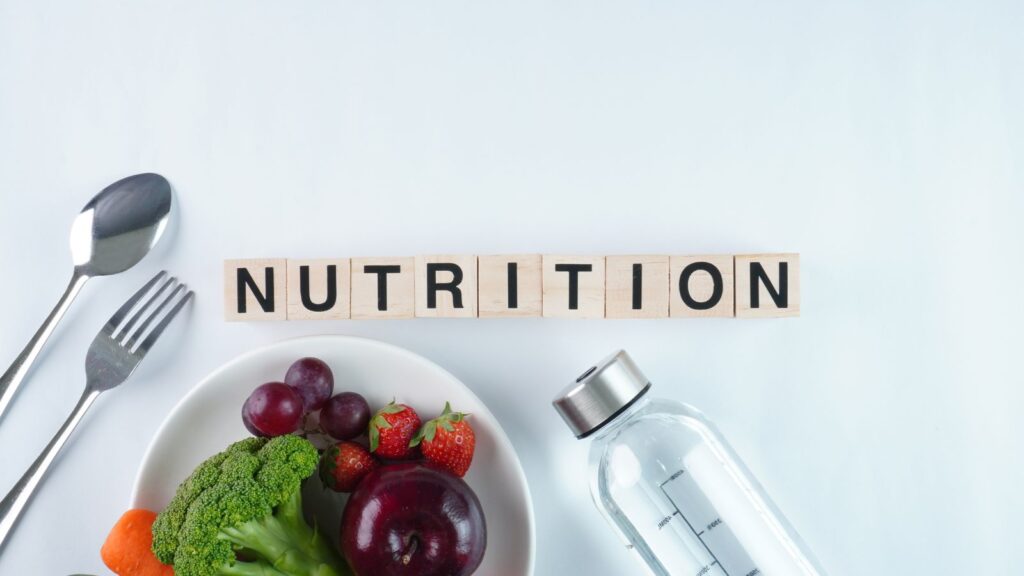You might think you eat well enough. Vegetables at dinner, fruit for snacks, whole grains instead of white bread. But if you’re still tired, getting sick often, or just feeling off, the problem might not be what you’re eating – it’s what you’re missing.
Nutrition for optimal wellness goes beyond basic food groups. It requires specific nutrients that most modern diets skip entirely.
The Difference Between Adequate and Optimal
There’s eating enough to survive, and then there’s eating to actually feel good. Your body can limp along on mediocre nutrition, but it won’t repair tissues efficiently, fight infections well, or maintain steady energy. That gap between “not deficient” and “thriving” is where most people live.
Processing strips nutrition from food. Milling wheat removes the bran and germ, taking most B vitamins and minerals with them. Animals raised in confinement produce meat and eggs lower in omega-3 fatty acids compared to pastured animals. Soil depletion means even fresh vegetables contain fewer minerals than they did fifty years ago.
These aren’t individual problems. They stack up. You end up with a diet that looks healthy on paper but leaves you running on empty.
Organ Meats: What Your Ancestors Ate
Liver makes people squeamish, but it’s the most nutrient-dense food that exists. A serving of beef liver contains more vitamin A than a week’s worth of carrots. The B12 content is off the charts. Iron comes in a form your body absorbs easily. Folate, copper, choline – it’s all there in amounts you can’t get from muscle meat.
Hunter-gatherers ate organs first and saved muscle meat for later. They understood something we’ve forgotten. These foods concentrate nutrients in ways that chicken breast never will.
The taste bothers people, fair enough. Mix small amounts of minced liver into meatballs or chilli. The flavour dilutes but the nutrition stays. Chicken liver tastes milder than beef liver and works well in pâté. Or take desiccated liver capsules if you absolutely cannot stomach the real thing.
Heart meat provides CoQ10, which supports energy production in every cell. Kidneys deliver selenium and B vitamins. These aren’t weird foods – they’re what humans ate for millennia before supermarkets offered nothing but steaks and chops.
Fermented Foods for Your Gut
Your gut bacteria do more than digest food. They produce vitamins, regulate immune responses, and even affect your mood through the gut-brain connection. Fermented foods feed this system with beneficial bacteria.
Commercial yoghurt usually disappoints. Too much sugar, too few live cultures, pasteurised after fermentation. Real fermented foods work better:
- Sauerkraut provides probiotics plus vitamin C
- Kimchi adds probiotics with a kick of spice
- Kefir contains more bacterial strains than yoghurt
- Miso delivers probiotics and umami flavour
- Natto offers vitamin K2, nearly absent from Western diets
Start with small amounts. A forkful of sauerkraut with lunch. Half a glass of kefir in the morning. Your taste buds adapt after a few weeks. The strong flavours start tasting normal, even good.
Prebiotic foods matter too. These feed the beneficial bacteria already in your gut. Garlic, onions, leeks, asparagus, and slightly green bananas all provide the fibre that gut microbes need. Combining probiotics with prebiotics creates better results than either alone.
Seafood Most People Ignore
Everyone knows about salmon and omega-3s. Fine. But other seafood provides nutrients salmon doesn’t have. Oysters contain more zinc than any other food—six medium oysters cover days worth of this immune-supporting mineral. They also provide vitamin B12, iron, and selenium.
Sardines give you omega-3s plus calcium from their edible bones. Small fish accumulate fewer environmental contaminants than big predatory fish like tuna. Eating the whole fish—bones included—provides minerals that boneless fillets miss entirely.
Anchovies taste strong but a few melted into tomato sauce or salad dressing add depth and nutrition without overwhelming anything. They’re loaded with omega-3s, niacin, and selenium. Mussels concentrate minerals from seawater – iron, zinc, manganese, all in highly absorbable forms.
Tinned fish solves the convenience problem. Sardines, mackerel, and salmon in cans cost less than fresh and last for months. No cooking required. Keep a few tins around and seafood becomes realistic even on rushed weekdays.

Seeds and Nuts: Preparation Matters
Grabbing raw almonds from a jar seems healthy, but you’re not absorbing all their minerals. Raw nuts and seeds contain phytic acid that binds to zinc, iron, and magnesium, preventing absorption. Traditional cultures soaked or sprouted these foods before eating them.
Soak nuts overnight in salted water. This neutralises much of the phytic acid. Drain them in the morning and either eat them wet or dry them at low temperature in an oven. The extra step substantially increases how much nutrition your body actually gets.
Different nuts and seeds offer different things. Brazil nuts provide selenium – just two nuts daily covers your needs. Pumpkin seeds deliver zinc and magnesium. Hemp seeds contain all essential amino acids plus beneficial fats. Rotating through different types throughout the week ensures you’re not missing anything.
Dark Leafy Greens in Real Portions
A handful of spinach in a smoothie doesn’t cut it. Neither does a few leaves of lettuce on a sandwich. Nutrition for optimal wellness requires eating greens in amounts that actually matter – big handfuls, multiple times per day.
Kale, spinach, chard, collards, and mustard greens provide vitamin K for blood clotting and bone health. They’re loaded with folate, magnesium, and plant compounds that reduce inflammation throughout the body. But you need to eat enough to make a difference.
Cooking greens increases mineral availability despite reducing vitamin C somewhat. Heat breaks down cell walls that trap nutrients. Steaming or sautéing makes the iron and calcium more accessible to your digestive system.
Fat absorption matters here. Vitamins A and K are fat-soluble – they need fat present to absorb properly. Cook greens in butter or olive oil. Dress raw greens with oil-based dressings. This isn’t optional if you want the full nutritional benefit.
The bitter taste puts some people off. Massaging raw kale with lemon juice and oil for a minute breaks down the tough fibres and mellows the flavour. Mixing strong-tasting greens with milder ones helps. Or blend them into fruit smoothies where the taste disappears completely.
Bone Broth: Traditional Food Medicine
Simmering bones for hours extracts collagen, minerals, and amino acids that support gut lining, joint cartilage, and skin. Shop-bought stock doesn’t compare – it lacks the gelatin that makes real bone broth gel when cold.
Making it takes time but almost no work. Throw bones, vegetable scraps, and a splash of vinegar into a slow cooker. The acid helps pull minerals from the bones. Set it on low and forget about it for 24 hours. Strain it, store it, use it.
What you get:
- Glycine for liver function and sleep
- Proline for building collagen
- Glucosamine for joint health
- Calcium, magnesium, phosphorus from dissolved bone
- Gelatin for sealing a leaky gut
Drink a mug of it daily or use it as a soup base. This single food addresses multiple aspects of optimal health and wellness that modern diets ignore completely.
Eggs: Quality Determines Value
Not all eggs are equal. Hens scratching in pasture eating bugs and greens produce eggs with more omega-3s, vitamins A and E, and carotenoids. The yolk colour tells the story – deep orange means better nutrition than pale yellow.
Eat the whole egg. The yolk contains nearly all the nutrition – choline for brain function, all the vitamins A and D, the beneficial fats. Egg white omelettes waste most of what makes eggs valuable for health & wellness optimization.

Building Better Nutrition Habits
You don’t need perfection. Small additions compound over time. Add one fermented food daily. Eat seafood twice weekly instead of once. Include organ meats monthly even if you hate them. Choose pastured eggs when possible.
Pick the better option when choosing between two foods. Sardines over tuna. Bone broth over boxed stock. Sprouted nuts over raw ones. These small decisions add up to substantially better nutrition for optimal wellness over months and years. Your body will notice the difference even if you can’t pinpoint exactly why you feel better.

